It costs 40c to produce every dollar in New Zealand which, is pretty astounding figure. A report released this week by the New Zealand Productivity Commission tries to determine why New Zealand’s GDP per capita is generating over 20% below the OECD average when (based on it’s broad policy settings) it should be generating 20% above the OECD average.
It identifies a number of causes:
The country has good resources – investment in physical capital and average years of schooling are broadly consistent with other countries. Employment of low-skilled workers also plays only a minor role in New Zealand’s poor (measured) productivity performance.
Instead, over half of New Zealand’s productivity gap relative to the OECD average can be explained by weaknesses in our international connections. New Zealand firms face reduced access to large markets and limited participation in global value chains, where the transfer of advanced technologies now often occurs.
Most of the rest of the gap reflects underinvestment in “knowledge-based capital”. In particular, R&D undertaken by the business sector is among the lowest in the OECD, reducing the capacity for “frontier innovation” and the ability of firms to absorb new ideas developed elsewhere (“technological catch-up”). The quality of management in New Zealand is also low, which lowers the productivity gains from new technology.
The paper also outlines ideas for addressing these problems. It’s a good read. The 4 page summary PDF can be found here and the full paper (An International Perspective on the New Zealand Productivity Paradox) can be found here [PDF].



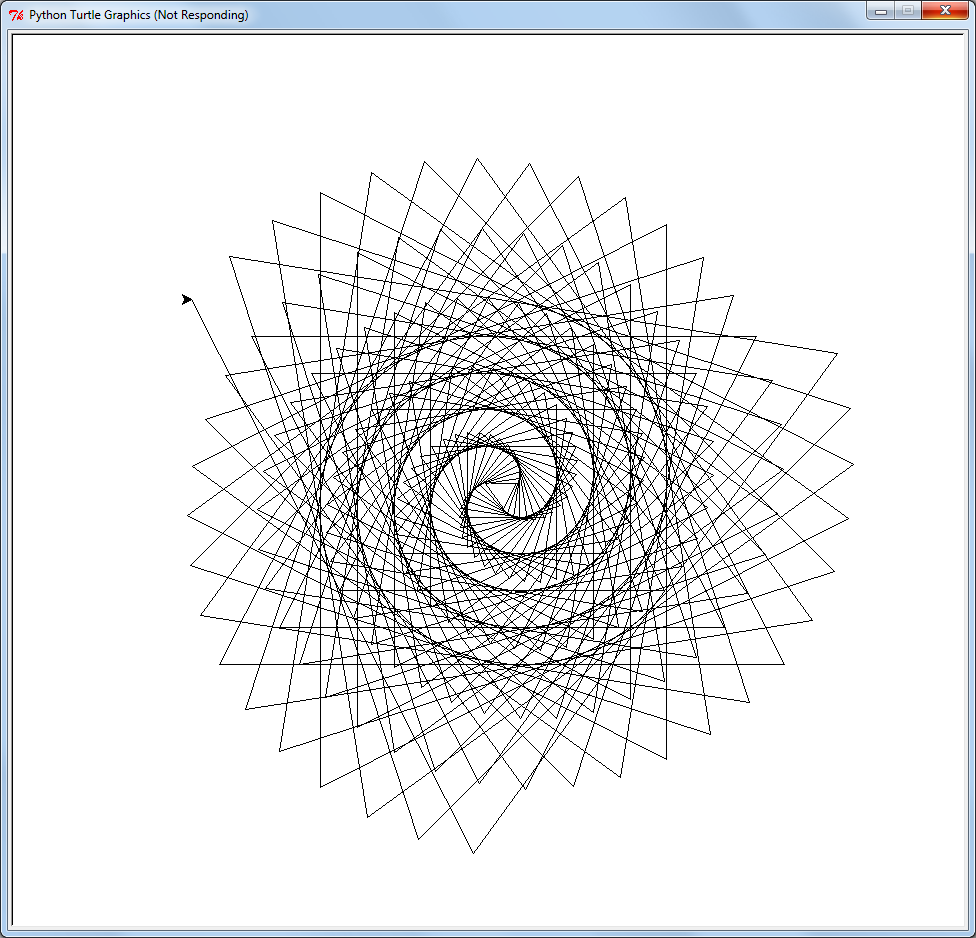



 Battlestar Galactica
Battlestar Galactica
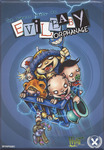
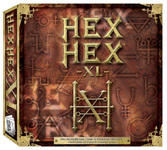 This is another card game. This time you are bored wizards bouncing a spell (hex) between each other. If a wizard is unable to pass on a hex, it triggers, causing the wizard to lose points and the wizard who passed them the hex to gain points. The game ends after each wizard has had a chance to cast the first hex and the player with the most points wins. This game gets pretty hectic as cards can cause hexes to duplicate, be forced to only travel in certain directions and do more damage. Game length is about 30 minutes depending on the number of players.
This is another card game. This time you are bored wizards bouncing a spell (hex) between each other. If a wizard is unable to pass on a hex, it triggers, causing the wizard to lose points and the wizard who passed them the hex to gain points. The game ends after each wizard has had a chance to cast the first hex and the player with the most points wins. This game gets pretty hectic as cards can cause hexes to duplicate, be forced to only travel in certain directions and do more damage. Game length is about 30 minutes depending on the number of players. Lords of Waterdeep
Lords of Waterdeep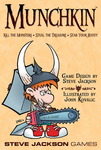 Munchkin is an older card game but still a great game. The players are heroes delving through a dungeon, collecting treasure and fighting monsters. The first player to reach 10 levels of experience wins. Levels are gained (or lost) by fighting monsters. Other players can aid or interfere with another player’s actions. This is definitely a “screw-your-friends” type of game so you really want to play with people who can handle that. The cartoon art on the cards is fantastic, full of geeky RPG references. A game typically takes about 45 minutes to play but it can drag on if players are being silly.
Munchkin is an older card game but still a great game. The players are heroes delving through a dungeon, collecting treasure and fighting monsters. The first player to reach 10 levels of experience wins. Levels are gained (or lost) by fighting monsters. Other players can aid or interfere with another player’s actions. This is definitely a “screw-your-friends” type of game so you really want to play with people who can handle that. The cartoon art on the cards is fantastic, full of geeky RPG references. A game typically takes about 45 minutes to play but it can drag on if players are being silly.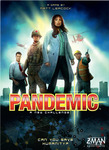 Pandemic
Pandemic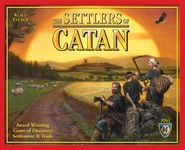 One of the most successful of the modern boardgames having sold over 18 million copies. Settlers sees players trying to get to 10 points first. Points are awarded for each city and town a player owns. These are placed at the corner of hex tiles that generate the player either wood, ore, sheep or brick resource cards. These cards are used (in different combinations) to build roads, build towns or upgrade towns to cities. The game also allows players to trade resource cards. There is no direct player conflict in the game but you can cut off other player’s access to the resources they need, hold trade embargoes and set The Robber on them to steal their resources. This game is very good with simple, elegant mechanics. If you were looking to get a game that will appeal to a wide group, get this one.
One of the most successful of the modern boardgames having sold over 18 million copies. Settlers sees players trying to get to 10 points first. Points are awarded for each city and town a player owns. These are placed at the corner of hex tiles that generate the player either wood, ore, sheep or brick resource cards. These cards are used (in different combinations) to build roads, build towns or upgrade towns to cities. The game also allows players to trade resource cards. There is no direct player conflict in the game but you can cut off other player’s access to the resources they need, hold trade embargoes and set The Robber on them to steal their resources. This game is very good with simple, elegant mechanics. If you were looking to get a game that will appeal to a wide group, get this one.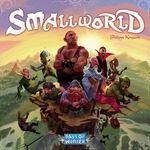 Small World
Small World